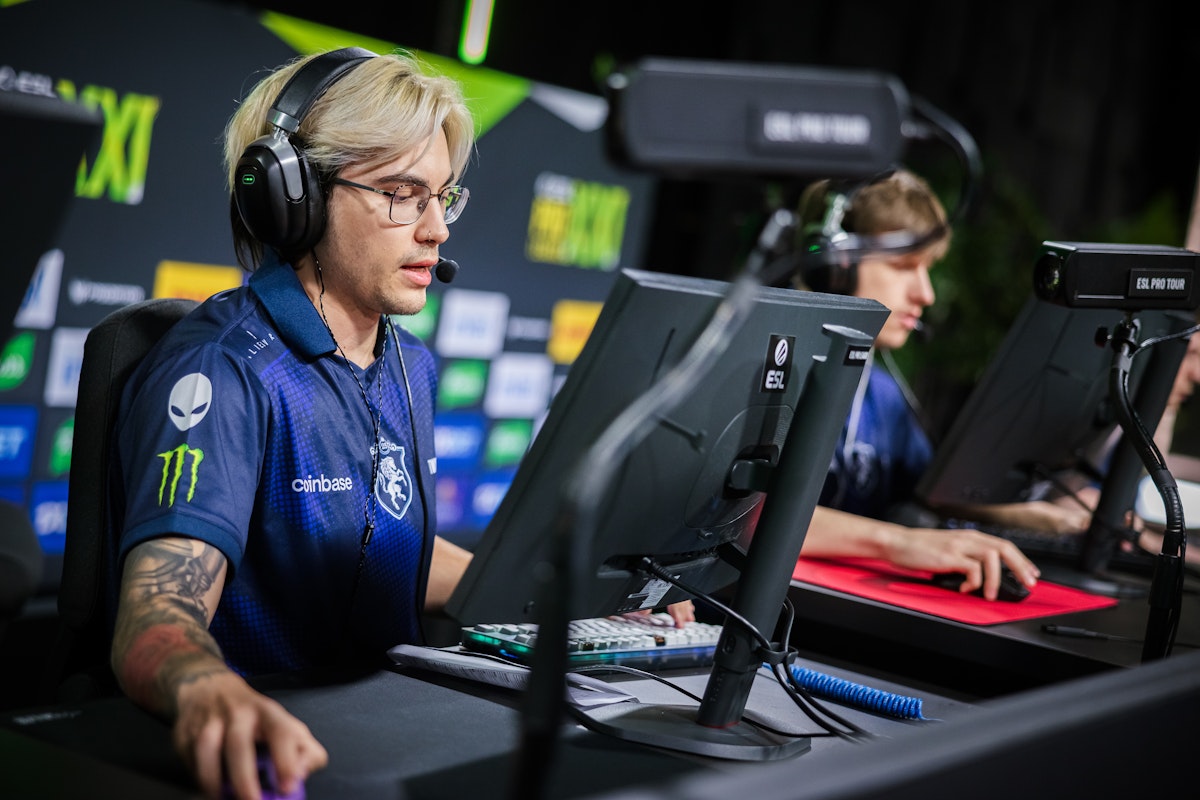## The CS2 Checkered Flag: Is Valve Cracking Down on Shady Deals?
The Counter-Strike 2 scene is heating up, and not just because of the blistering frags and clutch plays. A recent announcement from Valve has sent ripples through the competitive community, raising questions about transparency and fairness.

Dust2.us reports that Valve is now requiring public disclosure of any potential conflicts of interest within the CS2 scene. This move comes amidst growing concerns about undisclosed sponsorships, favoritism, and the blurring lines between professional players and brands. Is this a necessary step towards a cleaner, more equitable competitive landscape, or is Valve overstepping its bounds?

The Impact on the CS2 Scene

Valve’s recent amendment to the CS2 tournament operations rulebook, mandating public disclosure of potential conflicts of interest, marks a significant step towards fostering transparency and fairness within the competitive CS2 ecosystem. This move has the potential to reshape the landscape of CS2 esports, impacting everything from tournament organization to team dynamics and fan trust.

Reduced Conflicts of Interest and Increased Fairness
The most immediate impact of this change is the potential for reduced conflicts of interest. By requiring public disclosure of any business relationships between tournament operators, organizations, and participants, Valve aims to eliminate situations where personal gain could compromise the integrity of competition. This increased transparency can help ensure that tournament outcomes are determined solely by skill and strategy, rather than by hidden financial incentives.
Empowering Viewers and Fostering Trust
Public disclosure also empowers viewers by providing them with a clearer understanding of the relationships and incentives at play within the CS2 scene. This increased transparency can foster trust between fans and the organizations they support, as viewers can confidently believe that the competition is fair and unbiased. Knowing that potential conflicts of interest are being openly addressed can enhance the overall viewing experience and strengthen the sense of community within the CS2 fanbase.
Challenges of Monitoring and Enforcement
While the intention behind this change is commendable, its effective implementation will depend on several factors. One key challenge lies in the logistical complexities of monitoring and enforcing the new rule. Valve will need to establish clear guidelines and procedures for disclosing potential conflicts of interest, as well as mechanisms for investigating and addressing any violations. This will require a significant investment of resources and a robust system for ensuring compliance.
Beyond the Surface: Practical Considerations
Logistical Implications for Tournament Organizers and Teams
The public disclosure requirement will necessitate changes in how tournament organizers operate and how teams interact with these organizers. Tournament organizers will need to develop systems for collecting and verifying disclosures from all participating organizations and individuals. Teams, in turn, will need to be proactive in identifying and disclosing any potential conflicts of interest, ensuring that they comply with Valve’s regulations.
Valve’s Role in Oversight and Mediation
Valve will play a crucial role in overseeing the implementation of this new rule. The company will need to provide clear guidance and support to tournament organizers and teams, addressing any questions or concerns they may have. In cases where potential conflicts are identified, Valve will need to act as a neutral mediator, investigating the situation and determining appropriate action. This will require a delicate balance of enforcing the rules while maintaining the integrity of the competitive scene.
Increased Scrutiny and Public Discourse within the CS2 Community
The public nature of these disclosures will likely lead to increased scrutiny and public discourse within the CS2 community. Fans and analysts will be more closely examining the relationships between tournament organizers, teams, and sponsors, seeking to identify any potential biases or conflicts. This heightened level of transparency can foster a more informed and engaged fanbase, but it also presents challenges for maintaining a fair and respectful environment.
Conclusion
So, Valve’s new mandate requiring public disclosure of conflicts of interest in the CS2 scene is a big deal. Dust2.us lays it out plainly: teams, players, and even tournament organizers will need to be transparent about potential biases or financial entanglements. This move, while potentially uncomfortable for some, is a crucial step towards building a more ethical and trustworthy competitive landscape.
The implications are far-reaching. Imagine a world where sponsorships and team affiliations are clearly outlined, where allegations of favoritism are backed by verifiable data, and where fans can engage with the scene knowing the playing field is level. This new transparency could foster a healthier environment, one where competition is truly based on skill and strategy, not hidden agendas. It might even attract new sponsors and viewers, who trust that the integrity of the game is paramount.
This isn’t just about fairness in esports; it’s about setting a precedent for the future. Valve’s decision sends a powerful message: the days of murky dealings and behind-the-scenes maneuvering are over. The spotlight is on, and the CS2 scene is entering a new era of accountability. Will this lead to a golden age of competitive integrity? Only time will tell, but one thing is certain: the path forward is illuminated by transparency.